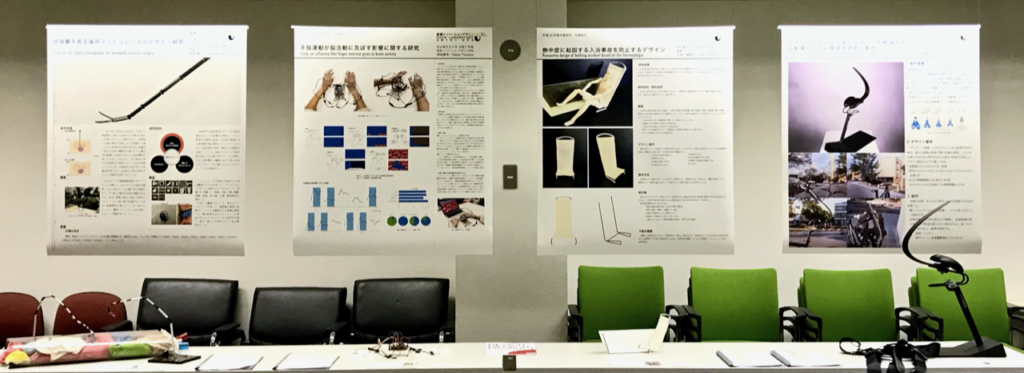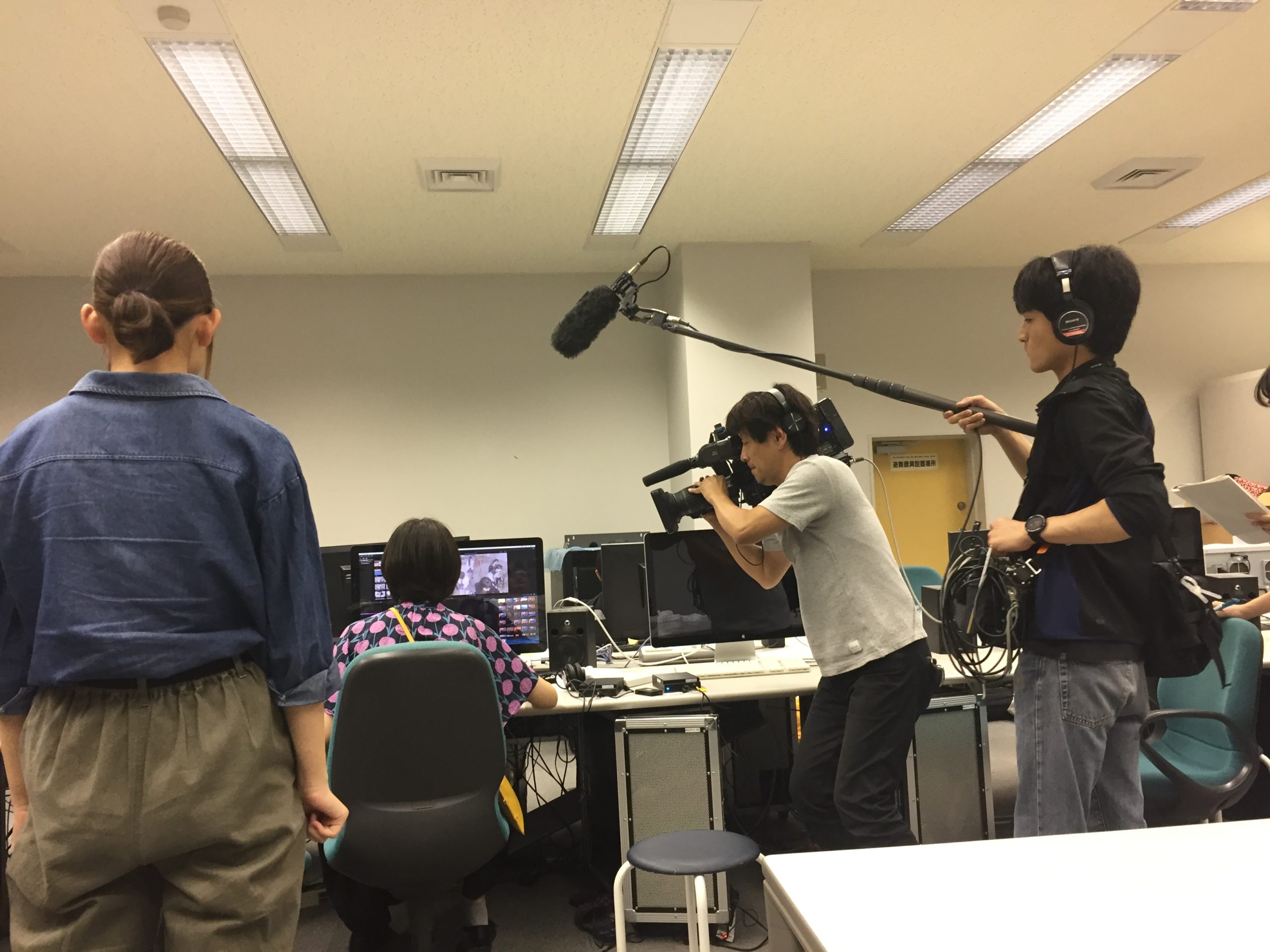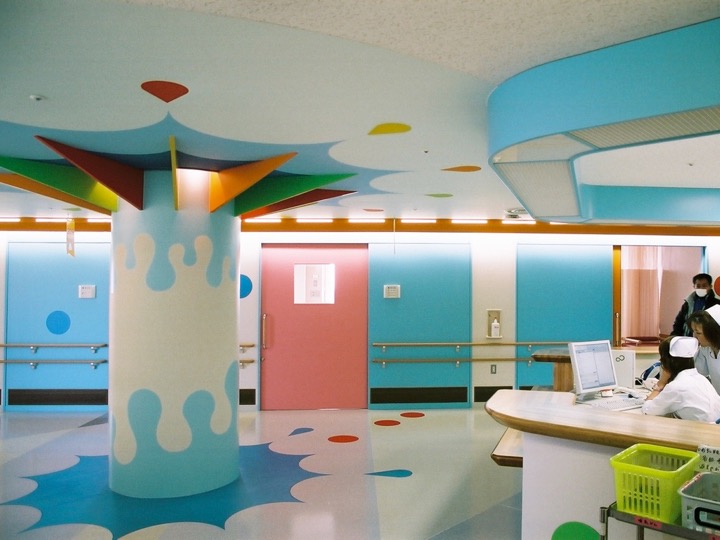Nagoya City University School of Design and Architecture and Graduate School of Design and Architecture are based on architecture in the broad sense, that is design and concept as the pillars of research and education, and a place that integrates various disciplines to build empathy for people and society and hope for the future.
Nagoya City University is a comprehensive university with seven faculties and seven graduate schools: Medical, Pharmaceutical Sciences, Economics, Humanities and Social Sciences, Design and Architecture, Nursing, and Biology and Integrated Life Science (Graduate School of Natural Sciences).
The Faculty of Design and Architecture was established in 1996. It provides design education rooted in a broad range of culture and scientific knowledge by taking advantage of the strengths of the universities and making the three medical faculties and graduate schools a foundation of knowledge. In 2000, the Faculty of Design and Architecture established the Graduate School with the Master Program and later in 2002, the Doctoral Program. The admission capacity is relatively smaller among the higher education institutions with 100 undergraduates, 30 graduate students and 5 doctoral students. One of the features of the faculty is the close relationship between students and teachers.
The Three Departments in the Faculty of Design and Architecture
The Faculty of Design and Architecture comprises of three departments: Department of Informatics and Media Design, Department of Industrial Innovation Design, Department of Architecture and Urban Design.
For the first year of the undergraduate education, students will work on fundamental theoretical subjects such as mathematics and information processing, as well as creation and production skills through subjects such as Art Design History and Art Design Theory. They are also developed in thinking through discussions with teachers and classmates. For the higher levels and the Graduate School of Design and Architecture, the students specialized in practical training and seminars on a common foundation such as the environmental design that challenges human mind and body, and ergonomics and universal design to realize the human-friendly design. We aim to nurture students’ talent through the practical training and graduation research discussion in their specialization.
Department of Informatics and Media Design
Students learn everything from technology to expression and contribute to society in a variety of fields: Interaction Design, Visual/Audio Design, Media Engineering, Media Expression, Information Communication Technology and Ergonomics. In regional task training, all faculty members are working together to improve the design of students in areas such as developing various content creation using VR technology, media expression that redesigns the subjective world with the illusion of a human body, production of computer music that interact with live performance and improvisation, and movie production, etc.
 Presentation of practical training for healthcare design
Presentation of practical training for healthcare design
Department of Industrial Innovation Design
Product Design, Graphic Design, 3DCG, Biomedical Engineering, Robotics, and Optoelectronic Engineering are the primary specializations. Lighting Environment Design based on evidence from basic research in visual science, zoo signage planning, and pictogram production that is intuitive in the event of a disaster, CG design for live-action composition, etc. are being developed.
 Practical training for movie production
Practical training for movie production
Department of Architecture and Urban Design
We provide basic education in four fields: Architectural Planning, Structure and Materials, Environment and Services, and Urban Planning and Context, and conduct comprehensive practical training in design and architecture. For example, designing the environment to brighten and revitalize the hospital with art to improve the child’s environment in the child ward, designing the work environment considering the psychology of office workers, designing health care art that appeals to the elderly at the welfare facilities, landscape design of park and garden.
 Interior design for the pediatric ward in the hospital
Interior design for the pediatric ward in the hospital
Social Collaboration Connection
Nagoya City University has four campuses that are all located in urban areas of Nagoya City, and they are linked to higher education institutions in the suburban metropolitan area. We have a strong connection with social collaboration outside the university in cultural, educational, and medical institutions, and work closely with each other. Symposiums are held, books published, and international workshops were conducted to disseminate research and educational results. We want to strengthen cooperation with industry and various civil society organizations.The Institute for Environmental Design hosted two major symposiums on “Digital Education in Architecture” and “Interaction Design” in the 2019 academic year, which became a hot topic.
2021.7.2

 Return to List
Return to List